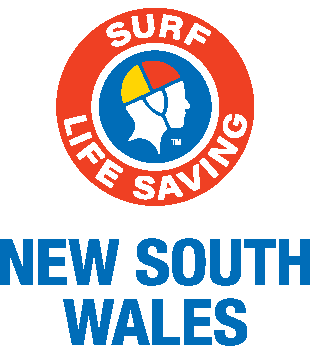The nets have been installed at Ballina’s Lighthouse Beach, Sharpes Beach, and Shelly Beach as well as Lennox Head and Evans Head, approximately 500 metres off-shore.
All local surf clubs have been informed about the presence of the nets and are not involved in their installation or maintenance. Only qualified DPI contractors are permitted to inspect the nets (which occurs twice daily).
Additionally aerial surveillance will be stepped up over the summer, including using new drone technology, while ongoing research continues to be conducted to help scientists understand more about the behaviour of sharks.
“It’s obviously been a very difficult period for Far North Coast lifesavers as they’ve gone above and beyond the call of duty when it comes to the presence of sharks in the area,” NSW Operations Manager Andy Kent said.
“As lifesavers our main responsibility when it comes to shark management is to close the beaches when required or directed by Police and local councils, provide assets for on-water surveillance, and administer initial first aid in the case of an attack. We are one of many stakeholders who have an interest in the government’s strategy, and we will continue to work closely with the DPI.”
Shark Strategy – FAQS
What is the Shark Management Strategy?
The Shark Management Strategy is a $16 million commitment by the NSW Government to engage the latest technology to help scientists both better understand sharks, and to help reduce the risk of shark encounters with swimmers. It has come about after extensive community consultation and has had input from world leading experts in the scientific field.
Will there be additional aerial surveillance?
Yes.
The DPI have contracted a number of helicopter services around the state to provide additional patrols throughout the summer. In addition, drones are being trialled in some areas on the far north coast to extend surveillance from the air, delivering real time information to lifesavers back on the beach.
What are VR4G Buoys?
VR4G receivers are designed to transmit a digital signal when a shark which has been tagged with an acoustic implant swims within 500m of the receiver. This signal is automatically sent to the Shark Smart App and Shark Smart Twitter Feed. Currently DPI researchers have tagged approximately 100 sharks of varying species.
The first 10 buoys have been installed at Kingscliff Beach (Tweeds Head), Clarkes Beach (Byron Bay), Lennox Point (Lennox Head), Sharpes Beach (Ballina), Main Beach (Evans Head), Main Beach (Yamba), Park Beach (Coffs Harbour), Front Beach (South West Rocks), Lighthouse Beach (Port Macquarie) Main Beach (Forster).
From November 2016 a further 10 buoys will be progressively installed at beaches from Crescent Head through to Merimbula which will ultimately increase coverage right across NSW.
Has the increased presence of sharks impacted on the work of surf lifesavers?
Yes.
In the Far North Coast area between July and the end of September 2015, our Surf Emergency Response System received 53 shark related callouts in comparison with the corresponding period of 2014 where there were just 4 calls through the system.
This is an incredible surge of 1,225%. The callouts had a significant impact on support services such as Rescue Water Craft (jetskis) and jet rescue boats as well as increased workload for volunteer lifesavers and lifeguards.
How, as an accommodation provider, can I help reassure my guests?
We understand that some of your guests may be reluctant to enter the water due to the increased media coverage of shark encounters. As accommodation providers you have a unique connection both with your local community and your guests.
It is important to acknowledge that yes there are sharks in the ocean, but shark encounters are still relatively rare when you consider the millions of people who visit our beaches each year.
Surf Life Saving NSW strongly encourages all guests to swim at a patrolled location, and to not swim at dawn or dusk. The NSW Department of Primary Industries’ Shark Smart Website also provides a handy guide that you can refer your guests to or download the Shark Smart App
Key Links:
Read more about the NSW Government Shark Management Strategy
Monday 19 December 2016


